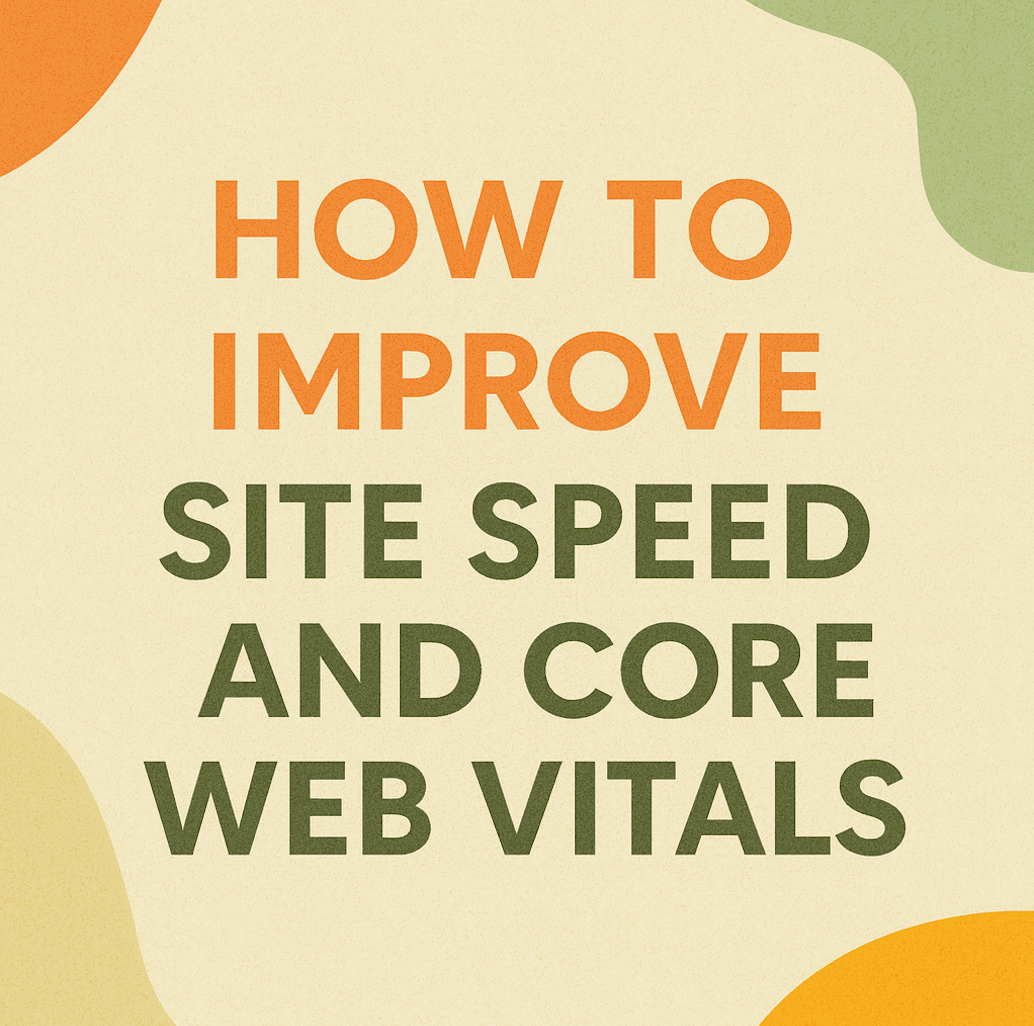How to Track AI Overviews
Background
AI Overviews are Google’s generative summaries that surface at the top of search results. They synthesize content from multiple web sources to deliver direct, conversational answers — and link out to relevant pages for more depth. According to Google, these summaries have already been viewed billions of times. For marketers, this new layer of search visibility introduces both opportunity and uncertainty.
The key challenge: you can’t yet see AI Overview performance in Search Console or GA4. That means measuring impact requires creative inference using traditional metrics, manual observation, and schema-driven optimization.
Key takeaways:
AI Overviews combine information from multiple authoritative sources to answer queries fast.
Links inside summaries often generate higher-quality clicks than typical listings.
Early adopters who track generative search now will gain a competitive SEO advantage.
Understanding AI Overviews
AI Overviews function like featured snippets on steroids. They use large language models to assemble condensed responses that help users complete a search in fewer steps. Unlike normal snippets, they can summarize multiple perspectives and display several cited links, not just one.
Core characteristics:
Pull from high-authority, high-relevance pages with clean on-page structure.
Appear for informational or exploratory searches, not usually for transactional ones.
Continually evolve — expect multi-step reasoning and custom follow-up capabilities.
For marketers, the implications are clear: visibility is no longer just about rank position. It’s about inclusion in summaries. Even when your page isn’t first in blue links, it can still drive traffic through AI Overview citations.
When auditing performance, note which queries trigger generative results and how your brand is represented. The tone, phrasing, and even partial citations can shape user trust before they click.
Methods to Track AI Overview Presence
Because official tracking tools don’t yet exist, your goal is to triangulate signals. Look at behavior patterns before and after known AI feature rollouts.
Recommended tactics:
Monitor query clusters in Google Search Console. Mark which ones regularly trigger AI summaries, then watch for CTR changes when AI Overviews expand to new markets.
Compare click paths and entrance pages in GA4. A sudden rise in branded traffic from informational queries may suggest inclusion.
Manually test visibility. Run scheduled searches using incognito windows and clean browser profiles to see how summaries cite your site. Save screenshots for reference.
Add structured data. Implement FAQ, HowTo, and Article schema so large language models can parse your intent and hierarchy.
Annotate release dates. Use dashboard annotations (e.g., Looker Studio) for known AI Overview launches to correlate with data shifts.
Use third-party SERP tracking tools. Some are beginning to flag “AI result detected” segments. Pair this data with your internal metrics.
Combine these methods into a monitoring workflow. The goal is to build historical context — to know whether impressions, CTR, or conversions shift when AI surfaces your brand.
Measuring and Adapting to AI Overview Impact
Tracking presence is only half the task; the next step is interpreting influence. Once you suspect inclusion, focus on how it changes your performance metrics and user behavior.
Measure:
CTR, scroll depth, and dwell time on affected pages.
Conversion trends for informational landing pages before and after AI feature rollouts.
Keyword movement: did pages tied to AI Overviews lose rank volatility because traffic moved to summaries?
Adjust your strategy:
Create hybrid content that works for both blue links and generative citations — concise intros with detailed expansions below.
Update key articles more frequently. Recency boosts inclusion likelihood as AI models prioritize fresh, verified data.
Encourage user interaction through embedded FAQs or quick-answer modules; they mirror the structure AI systems prefer to summarize.
Over time, your reporting should treat AI Overviews as a new discovery layer — one where clarity, structure, and authority replace keyword stuffing as ranking levers.
Frequently Asked Questions
-
Google favors content that clearly demonstrates E-E-A-T (experience, expertise, authoritativeness, trust). Pages that provide concise answers in the opening paragraphs, use schema markup, and avoid fluff tend to perform best. Adding real data points, citations, and author credentials further strengthens selection likelihood.
-
While there’s no direct tracking tag yet, traffic from AI Overview links often behaves differently: higher session duration, fewer bounces, and deeper scroll depth. Compare these behaviors for question-based queries after rollout dates. Layer in manual searches for confirmation of your citations.
-
Yes. Focus on intent-rich, conversational phrases. Queries starting with how, what, can, or why frequently trigger generative results. Use clustering to connect related informational keywords under one comprehensive guide — AI systems prefer grouped topical authority over scattered articles.
-
Structured data acts as a translation layer for AI systems. Implementing schema such as FAQPage, HowTo, and Article improves comprehension of your content’s hierarchy. Validate schema regularly, and include clear contextual metadata (e.g., datePublished, author, headline). This makes your site easier to reference confidently.
-
Google is testing attribution reports that will display AI Overview impressions and click data. Expect new Search Console filters for “AI Results” and “Generative Summaries.” Until then, keep annotating data manually, run recurring tests, and maintain a change log to compare pre- and post-rollout traffic. Staying proactive ensures your strategy evolves ahead of reporting tools.




